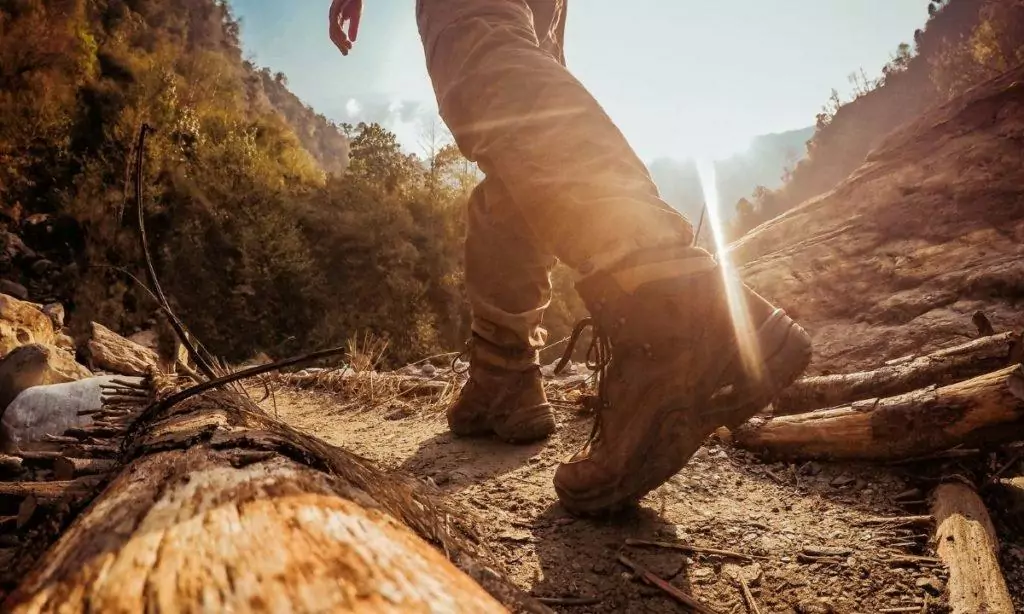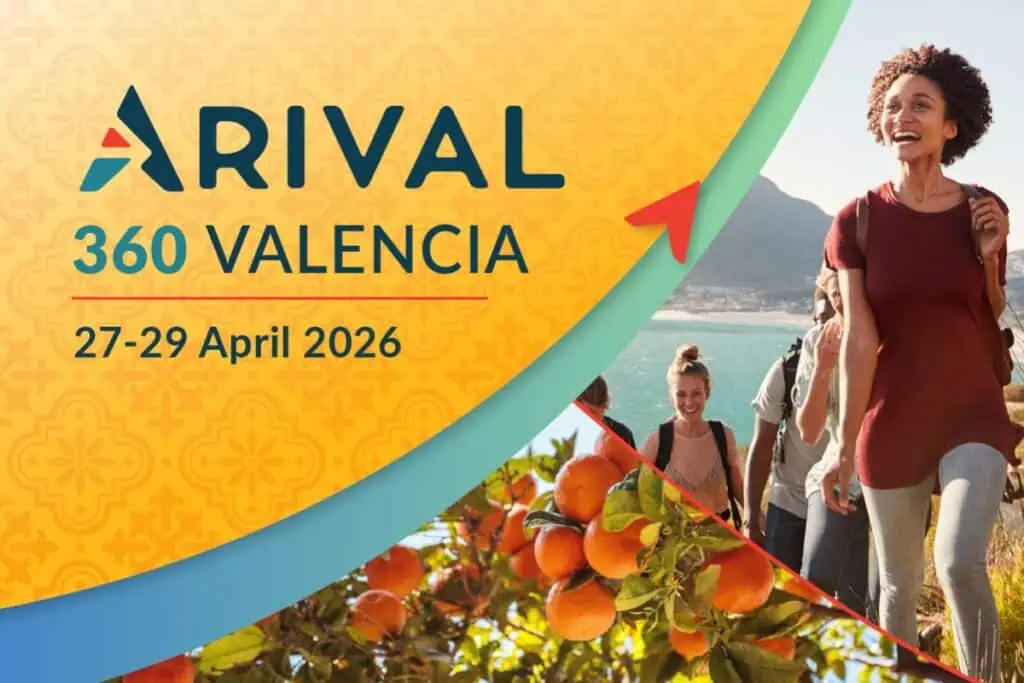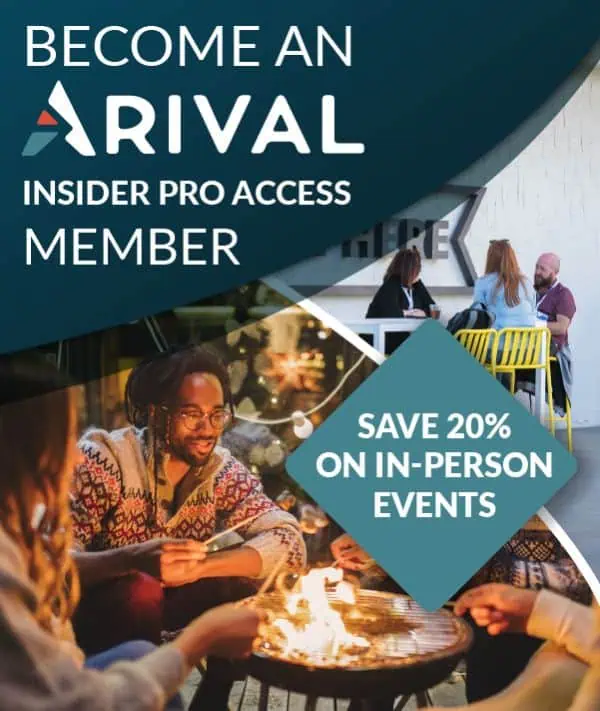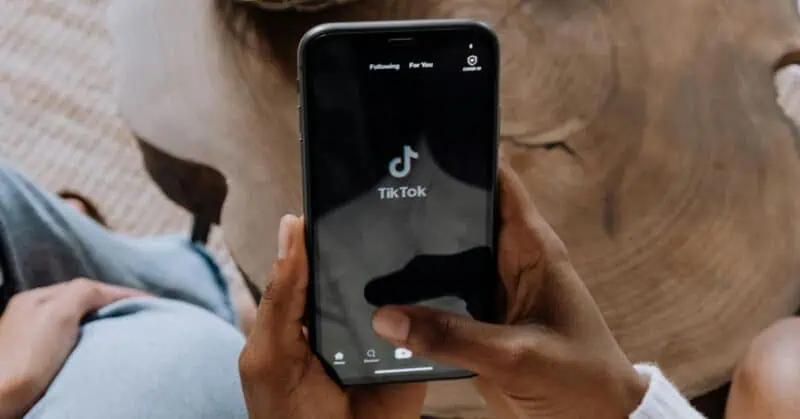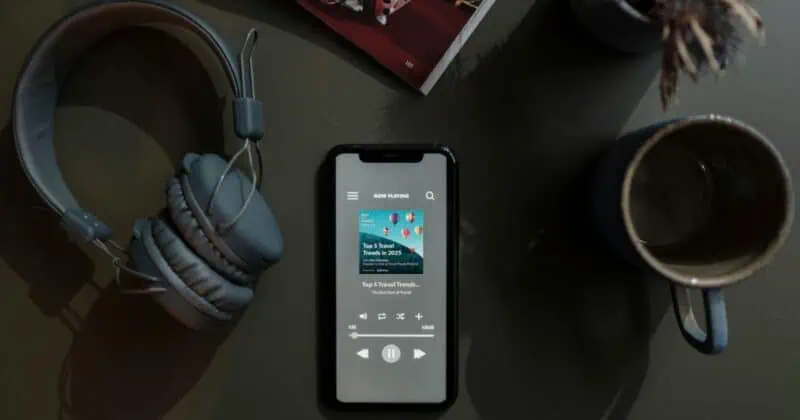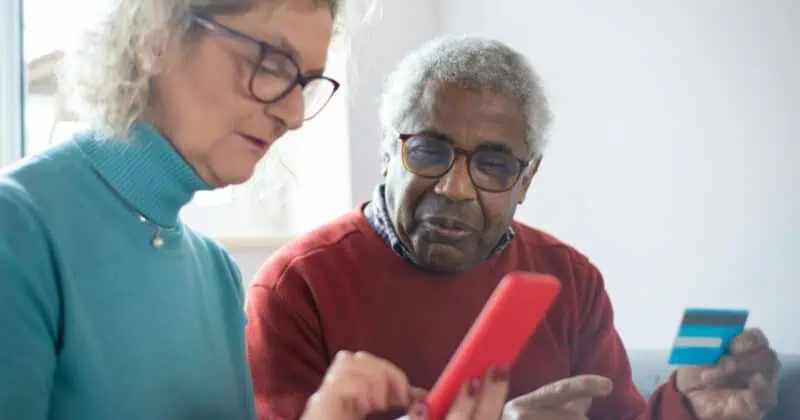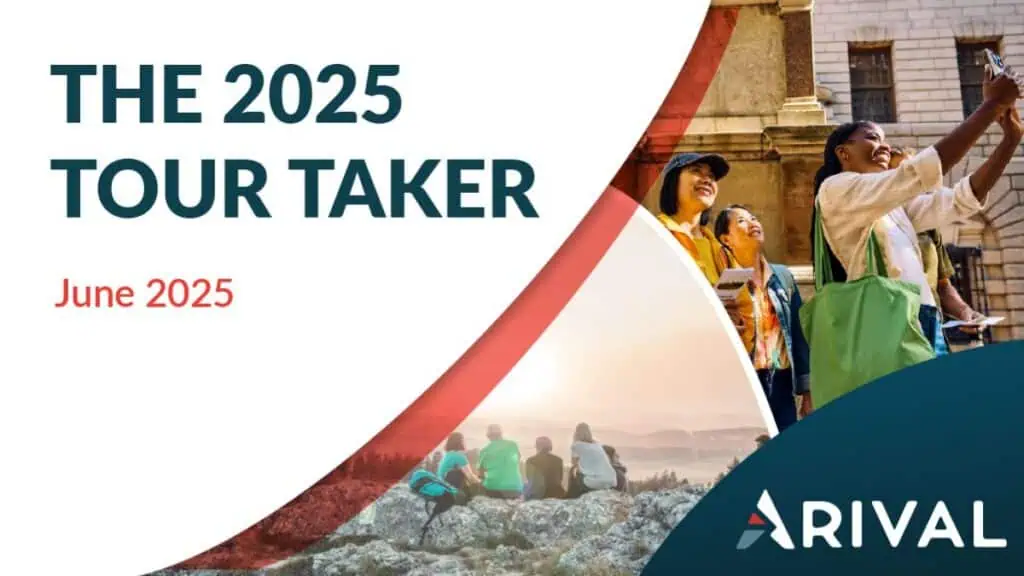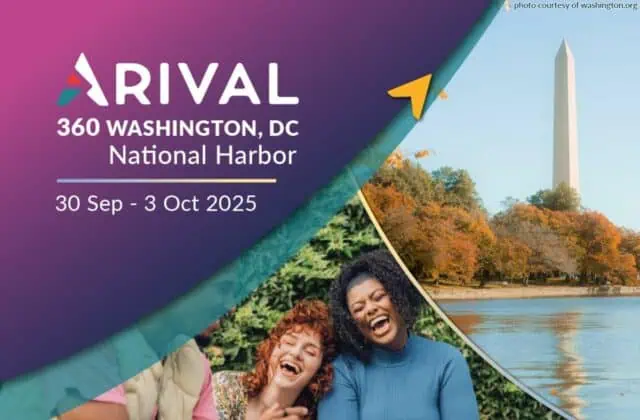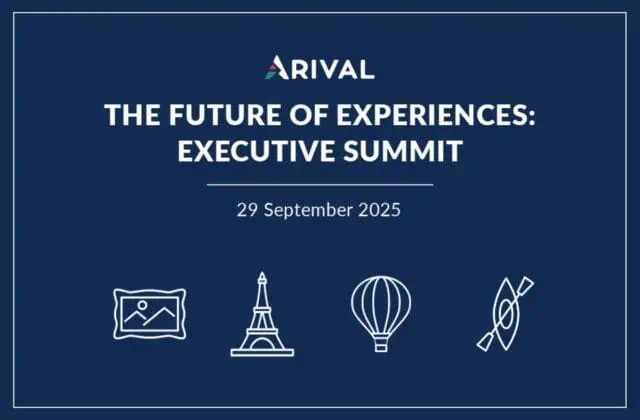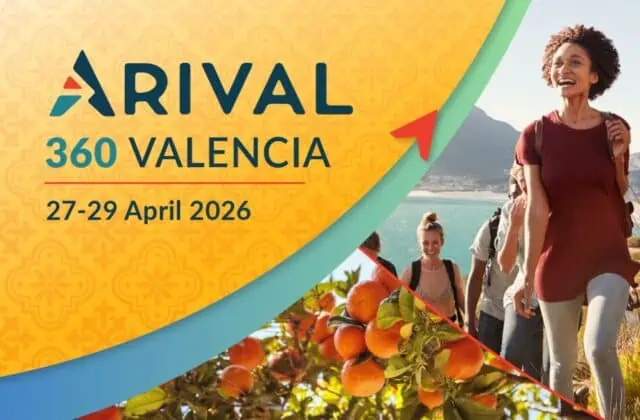Your website has one job, which is to convert visitors into bookers.
The basics of a great operator website includes succinct product descriptions, real images — not stock photos — and videos of your experiences, customer reviews and an online booking and payment system.
In this post, I’ll share tips on how to optimise your website for better conversions, and then share tried and true strategies to improve your booking and checkout flow.
Let’s get started.
What are website conversions and why do they matter?
The journey that a visitor goes through to become a booked customer is rarely a straightforward one. It’s rare that someone would book a tour as soon as they reach your website.
Often, they browse through a few pages, perhaps sign up for a newsletter or download a guide to your destination. These are different ways you can quickly offer value to your site visitor while also establishing your brand’s authority in the destination.
At each step of the customer journey, whether that’s signing up for a newsletter or making a booking, it’s good practice to measure the conversion rate of each point of action. Otherwise, it’s hard to tell what’s working and what isn’t.
For example, your boat tour booking page gets 100 visitors and 20 of them book a tour in that same session, your conversion rate for that page is 20%.
If you’re offering a free downloadable guide around the lake where you operate your boat tours, you want to measure the conversion rate of that download button or the pop-up that tells visitors about the guide.
Conversion rate optimisation, therefore, is the systematic way of getting website visitors to take the “next right step”, whether that’s signing up for a newsletter, downloading a guide, or booking a tour with you.
Optimize your website for more conversions and bookings
To improve your website’s performance, we’ll optimize key website pages so that more website visitors take that next right step — bringing them closer to making a booking.
According to Widerfunnel, there are six factors that drive website conversion. We’ll run through each component and I’ll offer suggestions on how this can be adapted for tours and activity operators.
1. Value proposition
What are you offering website visitors and what are the overall costs and benefits of taking action?
If you want to build your mailing list and are offering a free guide to your destination in exchange for an email address, is it clear that the information offered in your guide is worth the trouble of filling out a quick form?
If you want to improve the conversion rates on your booking pages, what value are you offering websites visitors who book a trip with you? Is this value highlighted on your booking page?
Here’s some additional information you can add to your booking pages:
- Itinerary for the tour or activity — make sure to mention the highlights
- Inclusions and exclusions — what’s included and excluded from the booking price
- Introduce your guides and make it personal
- Social proof — add customer photos and customer reviews to give users a glimpse into the experience you offer
- Mention available add-ons (more on this in a little bit)
Here’s an example of how SANDEMANs NEW Europe shows off their tours:
Once you’ve nailed down your value proposition for each tour or activity, it’s time to go back to your website and edit your webpages to improve relevance and clarity, reduce anxiety and distraction, and drum up urgency to book a tour now.
2. Relevance
You need to understand your target audience and what matters to them before you begin to improve the relevance of your content.
Going back to the example of boat tours, if you target young families, your content should also include health and safety measures for children or fun (and safe!) water activities for the family. It should not include imagery or content about a romantic getaway or an adrenaline-filled adventure.
So, when we edit website content for relevance, we should ask ourselves:
- Does the content on this page relate to the value proposition?
- Will my target audience find this content relatable?
- Am I displaying content that visitors expect to see?
3. Clarity
Is your value proposition clear on this page and have you clearly outlined your call-to-action (CTA) or the next right step?
When editing for clarity, we should look at both the content and design of a website page.
For content, are you making it clear in writing what the next step should be? If it’s to sign up for a newsletter, try something as simple as: “Want more adventure stories? Sign up for our newsletter.”
If you’re trying to get more people to book a tour with you, adding: “Book your next adventure now,” could be a good first step. This could be added to the body of your text, or above or next to your CTA button to complement it.
In terms of page design, are your CTAs clearly displayed on your page? Here are some basics to follow:
- Place your CTA above the fold (that’s the part of the page that is visible before users scroll down)
- Does the text on your CTA tell users what happens if users click on it? For example, if you want someone to sign up for a newsletter, the CTA button should say: “Sign up,” or: “Join newsletter list.” Similarly, the text on a CTA button that kick starts your booking process should say: “Book now,” or: “Save your spot.”
- Does your CTA button stand out? Using contrasting colours in your CTA draws the attention of website visitors which helps to highlight the next right step.
For more in-depth writing and examples about designing the best CTA for your website, check out this blog post.
4. Anxiety
Are there elements on your page that create uncertainty or doubt in your customers’ minds? Perhaps some information is missing and you get a lot of messages about it? This is especially important to consider if you offer adventure or outdoor experiences that require additional health and safety measures.
In his webinar, Tim Warren talked about defining / credibility statements, which are statements that communicate experience, quality, safety, and social proof. An effective defining / credibility statement quickly establishes trust and can help reduce anxiety and uncertainty.
Creating your own credibility statement is easy, simply highlight the number of years you’ve been in business plus the number of guests you’ve served over the years.
Here are some examples Tim shared:
- “Over 20 Years & 3,000 Happy Guests”
- “Over 3,000 Happy Guests Since 1999”
- “Celebrating 30 Years & 1,000s of Happy Eco-Adventure Travelers”
Apart from adding a defining / credibility statement to your website, you should also consider the following items:
- Make clear that your health and safety measures are Covid compliant — review your existing health and safety guidelines and consider creating a new page dedicated to explaining the measures you have put in place
- Highlight your rescheduling, cancellation and refunds policies — not sure what to add to your policies? Check out this blog post to get started
- Improve the quality of your website — slow-loading websites with outdated or cluttered designs and stock photos can give the impression that your tours are not as good as you say they are. If you have time, improve your website with these 11 tips to build a great tour operator website
- Show that your customers have a great time when they book with you — You could add reviews, testimonials and even photos from previous customers.
5. Distraction
Are there elements on your page that distract users from its main purpose? Do you have any conflicting elements?
Distractions are bits of content or design elements that draw visitors’ attention away from the main purpose of the page. Take your booking page for example, all your content and design should focus on leading the user to booking a tour with you. You should not be asking them to sign up for a newsletter or to check out your latest blog post.
To reduce distraction, keep the text on your page concise and focused on the main message. Break down large chunks of text into shorter paragraphs or use bullet points so that your content is easy to read.
Design-wise, reduce visual clutter and unnecessary elements. On your important booking pages, do you best to reduce the number of ways that users can leave that page. A good start is to reduce the number of hyperlinks that direct users off that page.
Here’s an example of how marketing experts optimise landing pages to reduce distraction.
6. Urgency
Give your visitors an incentive to take action NOW.
Run flash sales, limited promotions, or campaigns, or consider offering seasonal experiences to generate urgency.
Adding phrases like: “Spots sell out fast,” or: “Limited seats available,” can generate a sense of urgency in your copy.
You can also add timers to your booking flow, where, for example, a 15-minute timer starts running as soon as website users add tours or activities to their basket.
This is an example of what TrekkSoft’s timer looks like.
Optimize your booking flow and upsell customers to increase booking value
An optimized website should lead more visitors to click on your booking button. However, that’s not a guarantee that the user will complete the booking and payment process.
Your booking flow starts the moment someone spots your Book Now button and clicks on it. By optimizing your booking flow, you are doing everything you can to make sure users complete the entire booking process. Don’t allow them to get bored or frustrated or distracted, and end the booking process prematurely.
In this part of the blog post, I’ll walk you through proven ways to optimize your booking and checkout process so that your customers not only finish the booking process, but also purchase a couple of extra items to boost their booking value.
While most booking systems offer a standard booking flow to all users, there are certain elements you can tweak to improve the user experience of your site.
1. Placement of your Book Now button
First and foremost, you should make it extremely easy for users to begin their booking process.
Placing your Book Now button above the fold and using a contrasting colour for your button makes it more noticeable to users, and they’ll know exactly what to click should they want to book an experience with you.
I also recommend adding a booking button to the bottom of your page, after you’ve given users some time to read and learn about the tours or activities you offer.
Shepton Mallet Prison’s booking page is a good example of this. The prison is a heritage tour site run by The Campbell Group in the UK.
One last thing about your booking buttons — don’t forget to add them to all your booking pages.
2. Use the right booking button integration for each webpage
Different booking systems offer different ways to add your booking flow to your website. For instance, TrekkSoft offers more than 10 ways to integrate the booking button to your website, each serving a slightly different booking experience.
Let me walk you through what you could add to each page. I’ll refer to the chart above to help you understand where each page fits in your overall website.
Homepage
Your homepage is where you offer an overview of all the experiences you sell. Here, your booking button should also lead to an overview of your most popular tours or the tours you’re offering that season.
Category pages
These are the pages labelled “Tours”, “Activites”, and “Upsells”. Of course, on a real operator site, you’d label this according to your business and brand.
On these pages, you could add a CTA that leads to the booking pages (more on that in the next section), or add a booking button that leads to an overview of the activities in that category.
Booking pages
Your booking pages are the pages labelled “Tour 1”, “Activity 1”, or “Rental”, are where you write detailed descriptions about your tours and the value proposition for each experience. On these pages, your booking flow can skip the overview and the product descriptions, and head straight to selecting the time and dates for the tour.
Make sure users don’t leave your site
Lastly, if you are given the option to choose between having the booking flow appear in a pop-up, in a new tab or in a new window, we recommend that tour and activity operators choose the pop-up so that your users don’t have to leave the product page or your website when making a booking.
3. Check that your translations are complete
Operators who have translated their website content should check that their activities, schedules, pricing, and automated confirmation emails and tickets have been translated in full.
It is not uncommon for us to find incomplete translations, which can distract customers from completing the booking process.
4. Review your form fields
Go through your booking flow once more and review the questions you’re asking users before they complete the booking process. Are you only asking the necessary questions for you to process the booking?
Remember that you can always get additional information after completing the booking and payment.
5. Upsell your customers to increase booking value
Upselling customers can be as simple as adding a food option to a full-day tour or a photo package to a skydiving experience. Hotels and airlines have been doing this for years (think about the travel insurance they try to sell you at the end of every booking flow) and they keep doing it because it’s a great way to increase booking value.
What should you offer your customers?
To come up with an attractive offer, consider your target customer and what they’re most likely going to ask for before, during or after the tour. Do they ask if you provide pick-up services before the trip? Do they ask if lunch is included?
If your tours target young families, could you offer a Kiddie Snack Pack or a healthy family picnic basket as an add-on? Perhaps you attract a lot of bachelorette groups, what about offering a bottle of champagne and some party favours? Maybe you offer a bike tour and could offer an additional bike rental as well?
Whatever you end up offering, make sure it’s so valuable that your customers can’t resist.
When to upsell?
- Before the booking process starts — we recommend that you mention the different add-ons offered on your booking pages so that customers have a clear idea of what you offer right from the start
- During the booking process — if your booking system offers an add-on feature where you’re able to upsell your customers in the booking flow itself, go ahead and add that to the booking flow
- After the booking process — you can also mention add-ons in your booking confirmation emails or follow-up emails leading up to the tour too.
That’s a lot of advice. Where should you start?
Before you begin optimizing your website, pick your top three tours and clearly define the value proposition for each one. Then, write down another three to five things that highlight the value of your brand versus your competitors.
Once that’s done, picking the right pages to begin optimising is easy.
Go to the analytics part of your website builder and look for pages that have the highest website visits in the last year, but the lowest conversions. These are your low hanging fruit.
Start by editing your content for clarity and relevance, then reduce distractions and anxiety in your content and with your page design. Finally, brainstorm a few ways to create urgency, whether that’s adding urgency to your web content or running a campaign or flash sale.
Lastly, dig into your booking and checkout flow and look out for the easy ways to level up your booking process and adding upsells to your website.
Happy optimising!


